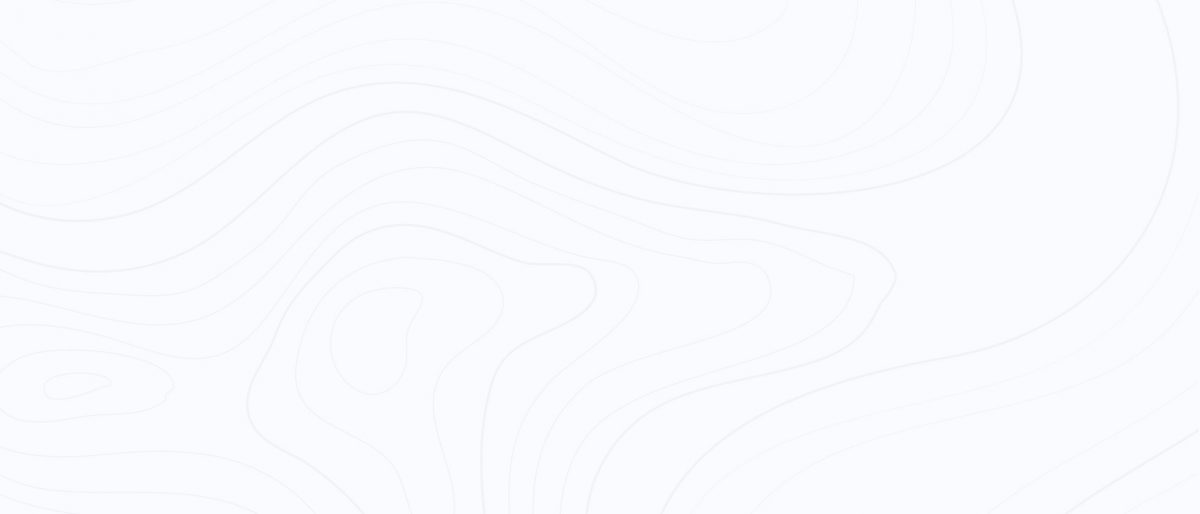
Safe Spaces, Happy Faces: How Employers Benefit When They Prioritise Workplace Security
Over the course of human history, the ways in which we have paid for goods has changed many times. As we move into the 21st century, will the payment method of the future be biometrics?
Over the course of human history, the ways in which we have paid for goods has changed many times. As we move into the 21st century, will the payment method of the future be biometrics?
Bartering was the first form of direct trade and during the Neolithic Age, a type of prehistoric currency evolved, using easily traded goods like animal skins, salt and weapons. These traded goods served as the medium of exchange even though unit values were often negotiable. This system of barter spread across the world and it still survives today in some parts of the globe.
Sometime around 1100BC, the Chinese started to use miniature bronze replicas of tools and weapons as currency. Over time these changed to bronze circles, which became the first recognisable use of coins. They went on to develop paper money around 600BC. In Europe, we were using coins as our main currency until around 1600AD when paper notes began to replace them as they were easier to handle. The shift to paper money helped to develop international trade, and in turn, created the currency market.
Things became increasingly technological as we moved into the 20th and 21st centuries. The first UK bank card was developed in 1951 and the first ATM in 1967, debit cards were introduced in 1987, Chip and Pin in 2002 and soon after followed the development of mobile payments and virtual money. In the future, it seems that the next big development in the way we pay for things will be the application of biometric authentication systems.
Harnessing the power of biometrics allows for all kinds of new payment options with far higher levels of security than previously possible. While cards or cash can be stolen, lost or imitated, such a possibility does not exist with state-of-the-art biometric systems that specialise in fingerprint analysis.
A European study carried out by Visa in 2016 reveals that the majority of European consumers (73%) support the use of biometrics as a means of payment, especially if it adds value to security. 66% of respondents clearly preferred fingerprint authentication and considered it safer than alternatives with iris or face recognition.
The study revealed that respondents prefer to entrust their biometric data to their banks rather than the authorities. In seven European countries (UK, Sweden, Spain, France, Germany, Italy and Poland) 14,236 people were polled for their views. Over two-thirds (67%) recognised the importance of security when it came to identity protection, and the research found that biometric authentication is almost equally valued in face-to-face payment situations where speed is a priority as it is for online transactions. This is reflected in the findings:
The biggest advantage of biometric authentication will be online transactions. According to the same study, 31% of respondents who tried to make a purchase online stopped the process because they were dissatisfied with the payment options offered and the lengthy process involved.
China is currently leading the way with mobile payments and digital wallets are more common than cash or cards; even street musicians and beggars can be seen with QR codes for passing to the audience to scan and give them a tip. The abandonment of cash and cards has put the Chinese on the cutting-edge of mobile payments and biometric authentication isn’t far behind, with WeChat customers already using their fingerprints.
India is also well ahead of when it comes to proximity mobile payments, with 30% of smartphone users expected to pay for goods with their smartphone, rather than a card, in 2018. This, combined with the push to embrace QR codes as the primary mode for digital payments, is expected to drive the Indian digital payments’ industry to grow to $500 billion USD by 2020.
Sweden has been embracing the mobile payment revolution too, wanting to be a “cashless society” as far back as 2015. The nation has been driving the migration to mobile payments for years, eliminating cash from shopping and public transit. Most banks in Sweden simply stopped keeping cash on hand or accepting cash deposits, as there was no demand for it. This is in part because the banks teamed with a company called Swish to provide a mobile app-based service, which is now used by over half the Swedish population.
New forms of financial biometric authentication must reach a balance between speed and security for them to be embraced by consumers. The demise of Chip and Pin may be a little way off, but it seems almost certain that as biometric development continues within the financial sector, consumers will begin to adopt new, and more secure, means of paying for goods and services. How this will affect the value that we place on what we consume, remains to be seen.
As market leaders, innovators, manufacturers and installers of fingerprint and vein technology systems, Almas Industries are well placed to help businesses with all aspects of biometric control and security. Our systems are effective, highly secure and easy to operate. You can arrange your free, no-obligation security survey by calling us on 0333 567 6677. If you prefer, you can always send a confidential email via enquiries@almas-industries.com.


